Natural deodorants have gained popularity recently, though many experience mixed results. This probiotic deodorant recipe doesn’t just cover up odor, it tackles it at its source.
One often-asked question about our popular homemade deodorant post is, "Can I use a plastic deodorant container for easy application?"
The answer is a definite yes! However, a few tweaks can enhance the results. I’ve adjusted my original recipes to create various iterations, including this probiotic deodorant.
Why Do Armpits Stink?
Understanding the cause helps in addressing the problem. Traditional deodorants mask body odor with fragrances and block pores with aluminum to prevent sweating. But why do we get bad odors in the first place?
B.O. 101
Underarms, like the rest of our skin, have a natural microbiome filled with bacteria. If the bad bacteria dominates, it leads to unpleasant odors. Sweat, on its own, doesn’t smell. According to Popular Science, "Sweat contains large molecules that are too heavy to vaporize. The bacteria in your armpits break down these molecules into smaller ones that can smell, depending on the bacteria present."
Diet, lifestyle choices, and genetics play significant roles in the bacterial composition of our underarms. Our bodies expel toxins through sweat; more toxins can result in more odor.
Want to Buy it?
Sometimes, I don’t make my deodorant. My company, Wellnesse, offers a mineral deodorant. If you prefer not to DIY or lack ingredients, give it a try. It’s cruelty-free, phthalate and paraben-free, and aluminum-free, with soothing ingredients like aloe and coconut oil.
Why Natural Deodorant Doesn’t Work
Switching to natural deodorants can initially lead to increased wetness or odor. This might cause the infamous baking soda rash. What’s happening here?
If your skin is accustomed to blocked pores that prevent sweating, toxins may accumulate. The lymphatic tissue in this area aids in waste elimination. Natural deodorant supports these processes, but balance takes time.
Start with a Detox
For those new to natural deodorants, an armpit detox, when done weekly, accelerates adjustment and enhances deodorant efficacy. Since switching, I’ve noticed a reduction in underarm odor and sweating.
Probiotic Deodorant Bar
Probiotics aid in healthier, less odorous armpits by adding beneficial bacteria to the skin microbiome, eventually outnumbering odor-causing strains. Healthy strains include Staphylococcus epidermidis and Propionibacterium acnes. Most probiotic deodorants use Lactobacillus strains from the human gut for benefits, even if temporary.
These probiotic deodorant bars are thicker than my original jar recipe, sharing ingredients with my lotion and sunscreen bars. You can order ingredients in bulk, saving on family skincare products.
For sensitive skin or odor struggles, this is an excellent option! I included baking soda for odor control, but for sensitive skin, replace it with more arrowroot.
Choose Your Scent
Essential oils, with antimicrobial properties, are perfect for homemade deodorants. Recommended oils include lavender, frankincense, and citrus. Unscented options are available if desired.
Consider making your deodorant for cost savings and avoiding synthetic chemicals. I find homemade deodorants more effective.
Probiotic Deodorant Recipe
This simple recipe naturally combats underarm odor with healthy probiotics!
Prep Time: 5 mins
Active Time: 30 mins
Cooling Time: 8 hrs
Total Time: 8 hrs 35 mins
Yield: 5 deodorant tubes
Author: Katie Wells
Instructions:
- Combine coconut oil, shea or other butter, and beeswax in a double boiler, or in a glass bowl set over a small saucepan of water until melted.
- Bring the water to a low boil. Stir ingredients occasionally until melted and smooth.
- Remove from heat, add vitamin E oil, baking soda, arrowroot powder, probiotics, and essential oils. Ensure the mixture isn’t hot to preserve probiotics. Some brands of probiotics tolerate higher temperatures.
- Stir gently by hand until fully combined.
- Allow to cool for about 15 minutes until thickened yet pourable.
- Pour into clean, empty deodorant containers. Let dry overnight to harden completely.
Notes:
- Adjust the recipe quantity as needed by increasing ingredient amounts.
- Shea butter creates a softer consistency, while cocoa butter is firmer. A mix of shea, mango, and/or cocoa butter can be used.
Deodorant FAQs
Why is mine taking so long to harden?
Baking soda may cause slower hardening. Refrigerate for a few hours, and for constant coolness, store it in the fridge.
It seems to be leaving stains on my shirt. What do I do?
Oil residue just after application might cause this. Refrigerate the deodorant to lessen skin transfer or wait 5 minutes before dressing.
Help! I have a rash after using this for a while.
Certain skin types may experience this, especially after prolonged conventional deodorant use. Weekly armpit detoxes help greatly. Removing baking soda usually resolves this issue.
Is this an antiperspirant?
No, blocking the body’s natural sweating isn’t advisable. Natural deodorant reduces the need over time. Armpit detoxes help expedite this transition.
I’m allergic to coconut oil.
If allergic, replace the 1/4 cup of coconut oil with 2 tablespoons of liquid oil such as olive, grapeseed, or sweet almond oil.
Have you tried making your own deodorant? Share your experience in the comments!


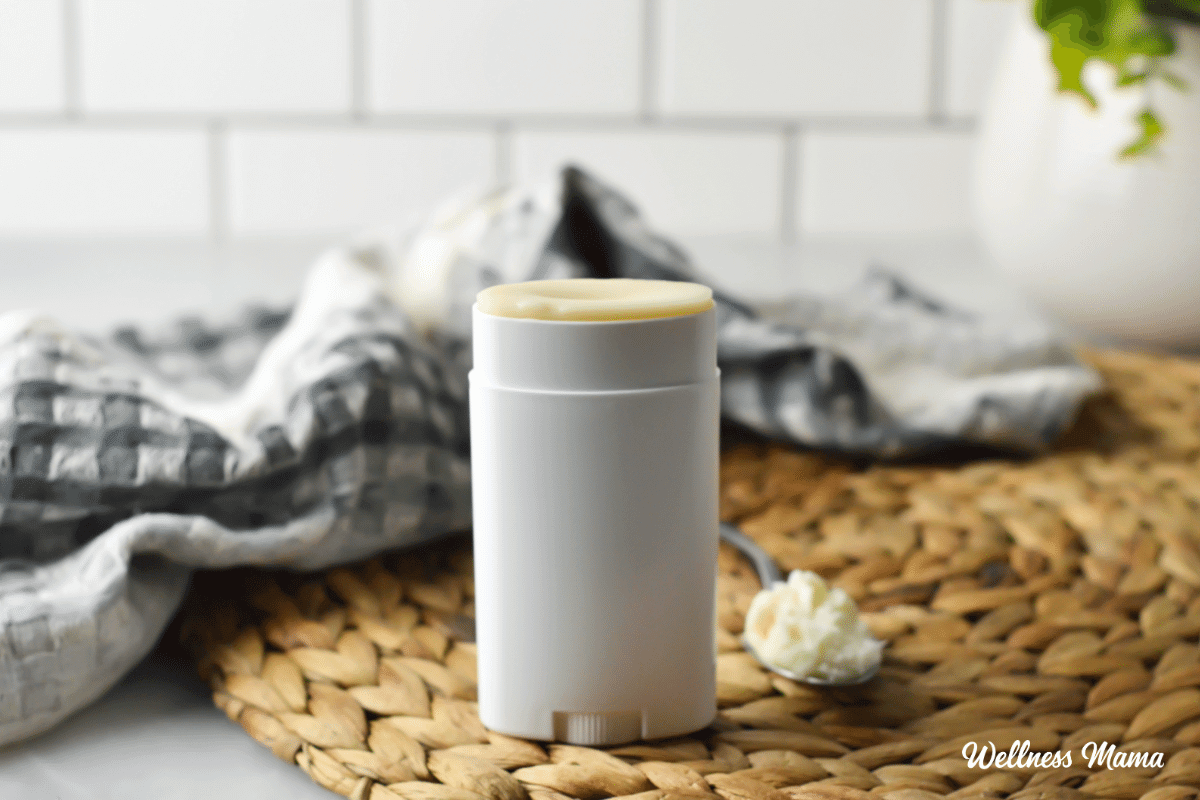
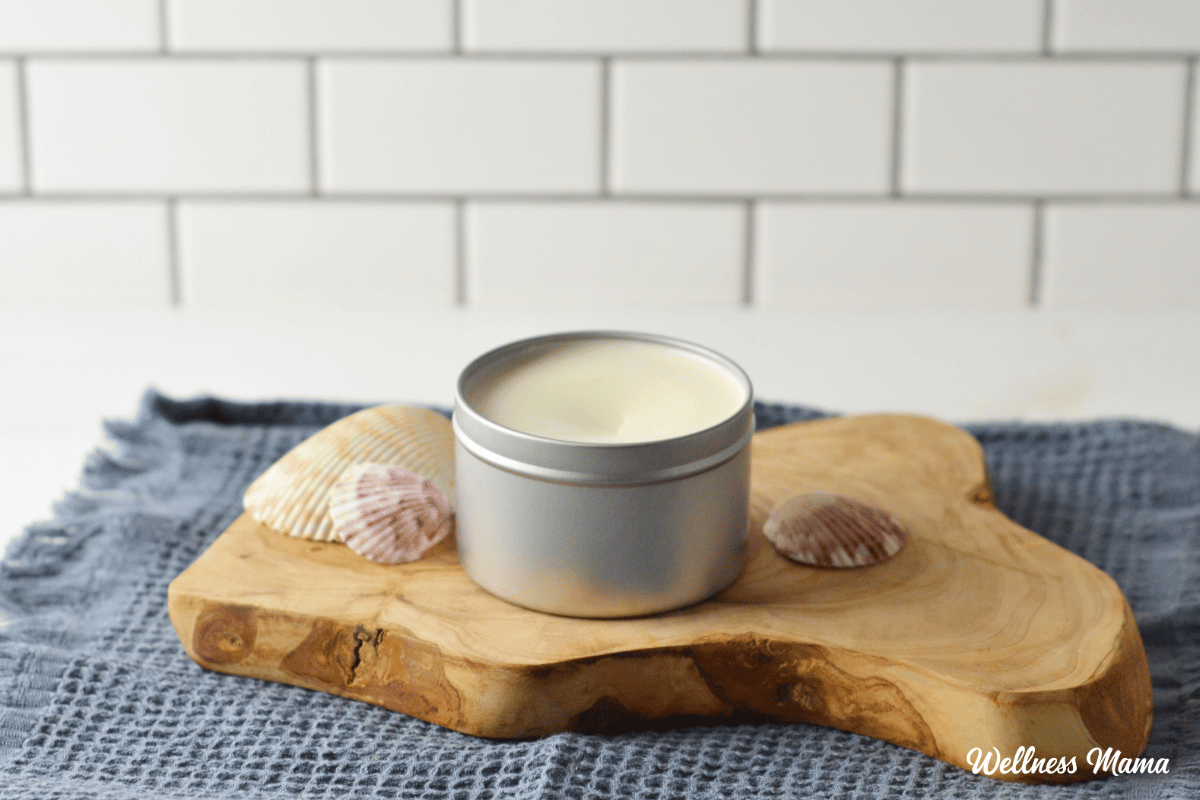
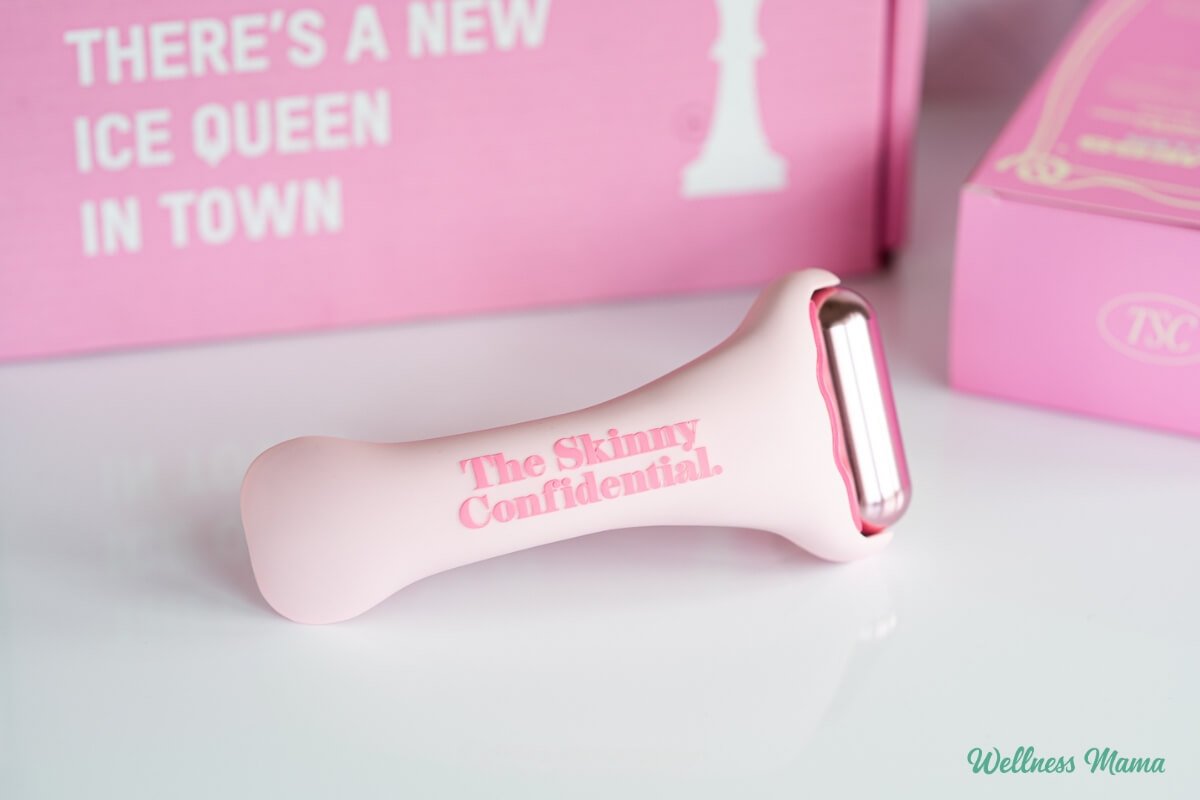
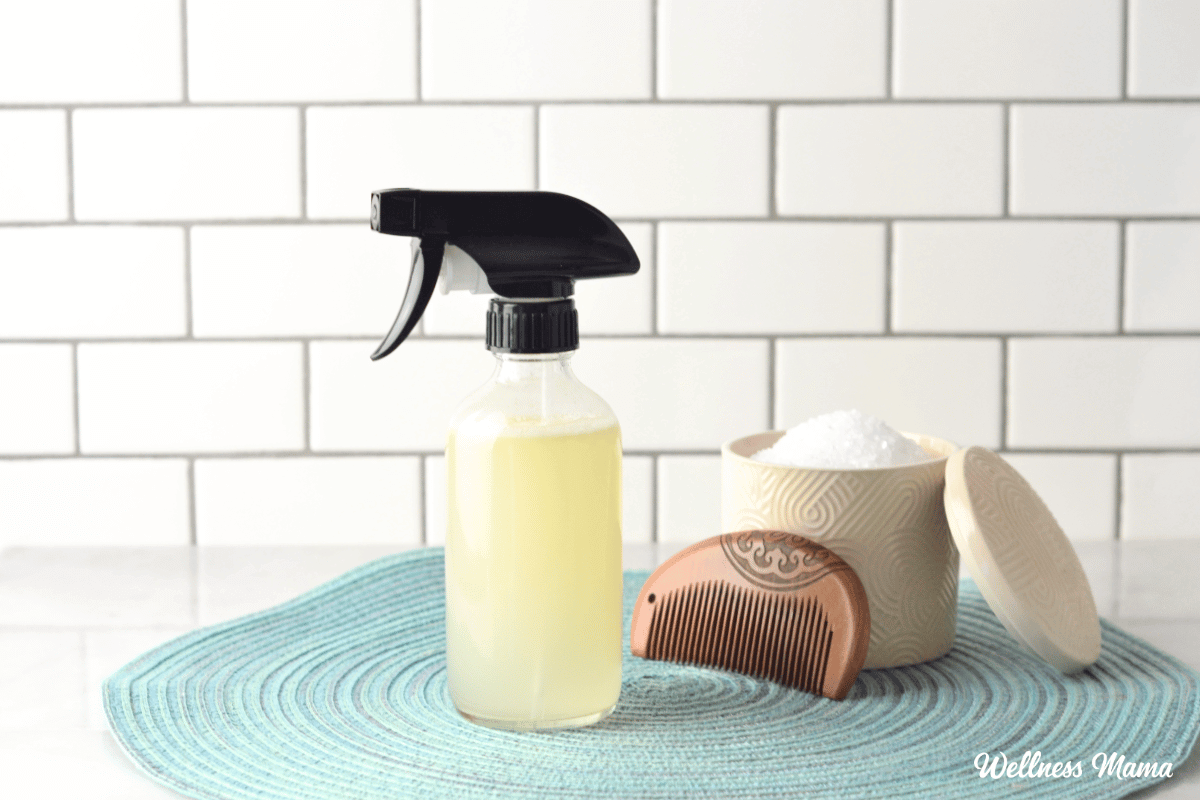
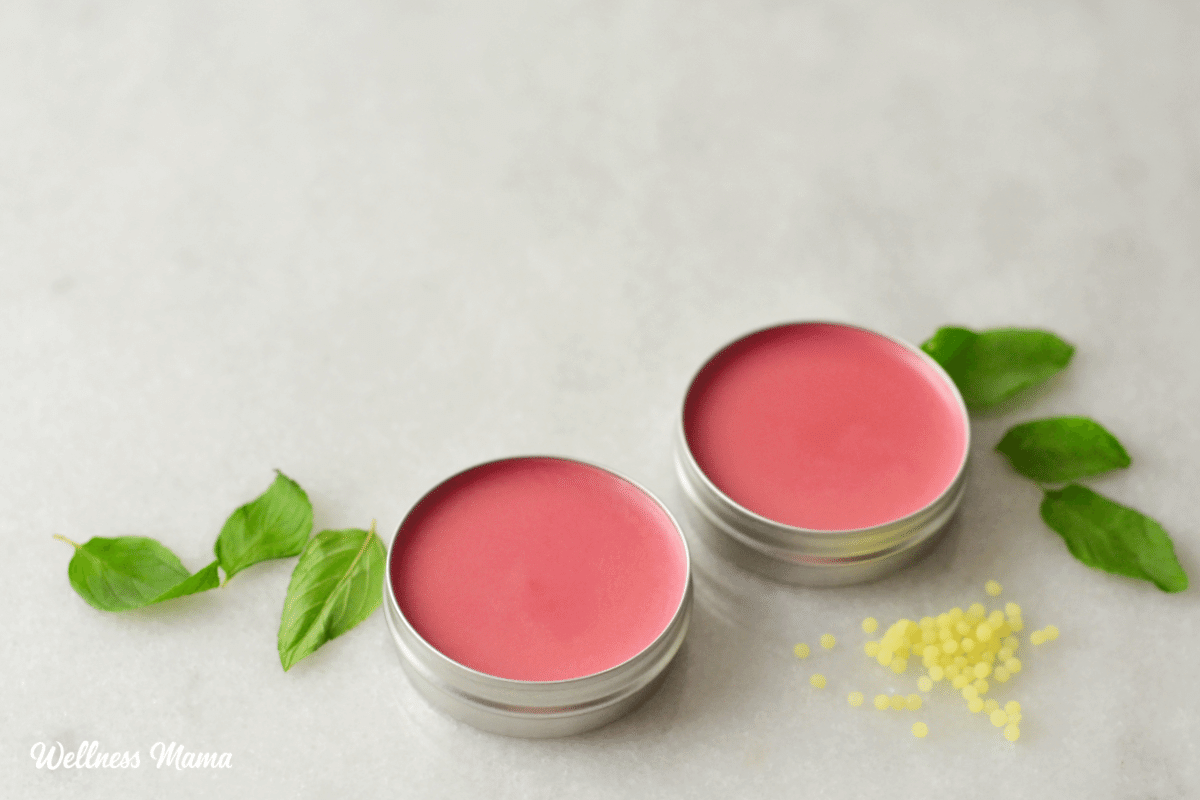
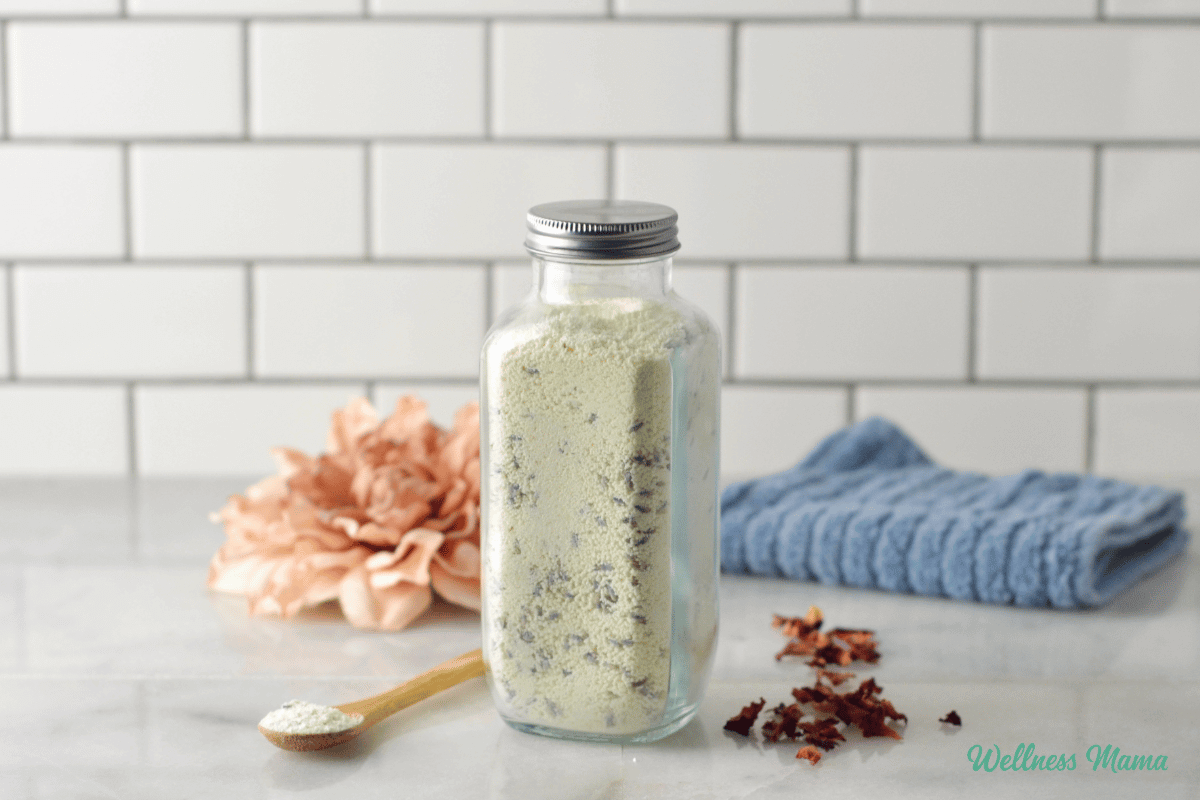

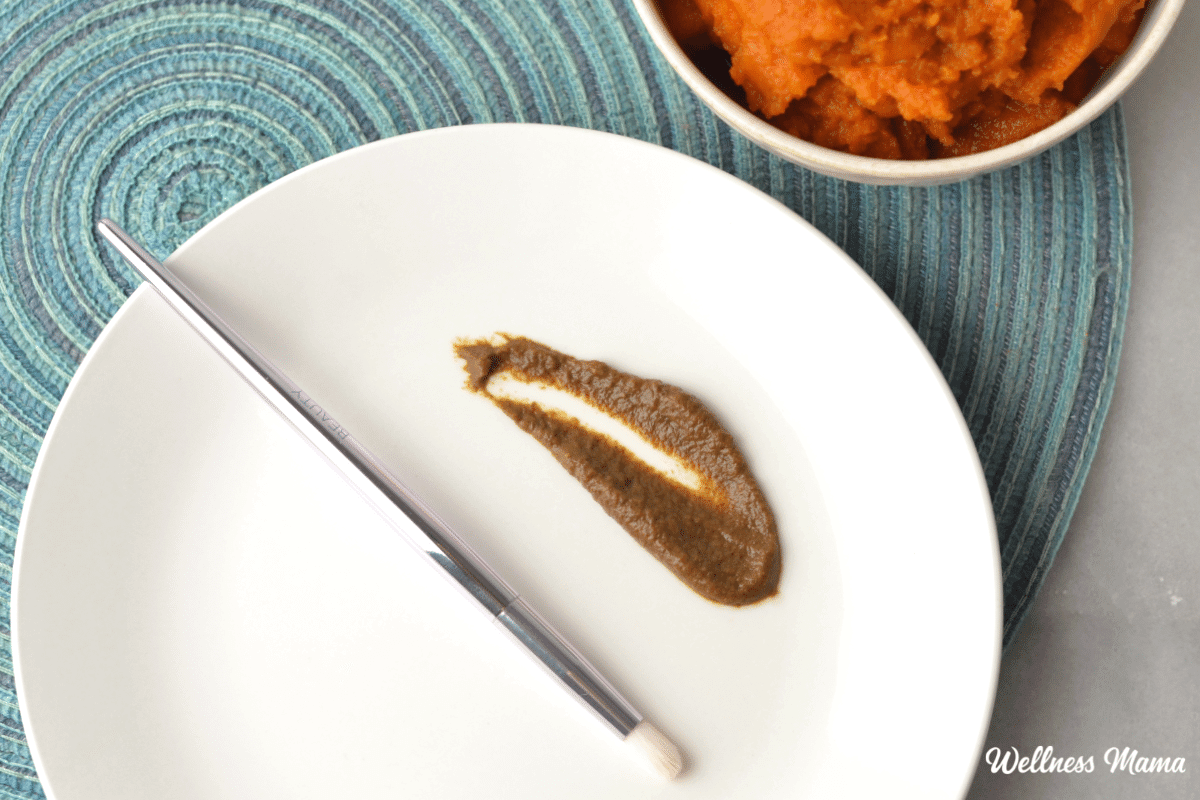


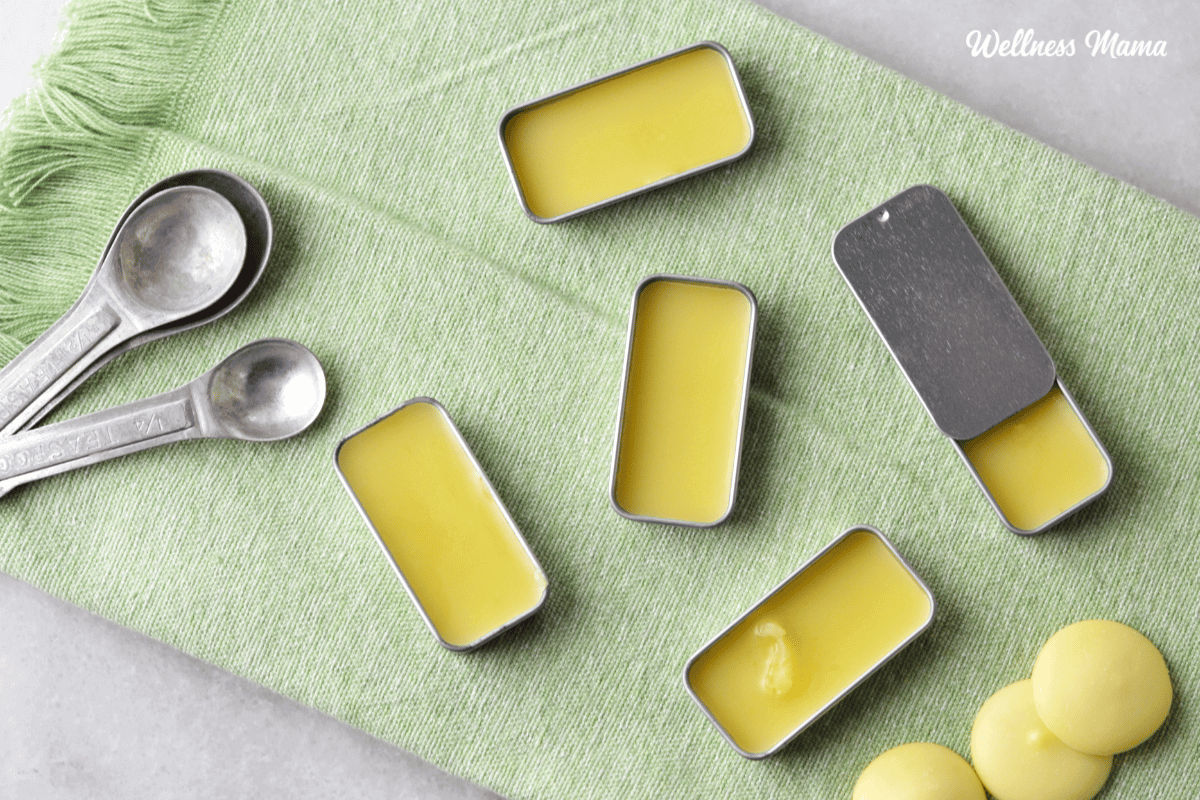

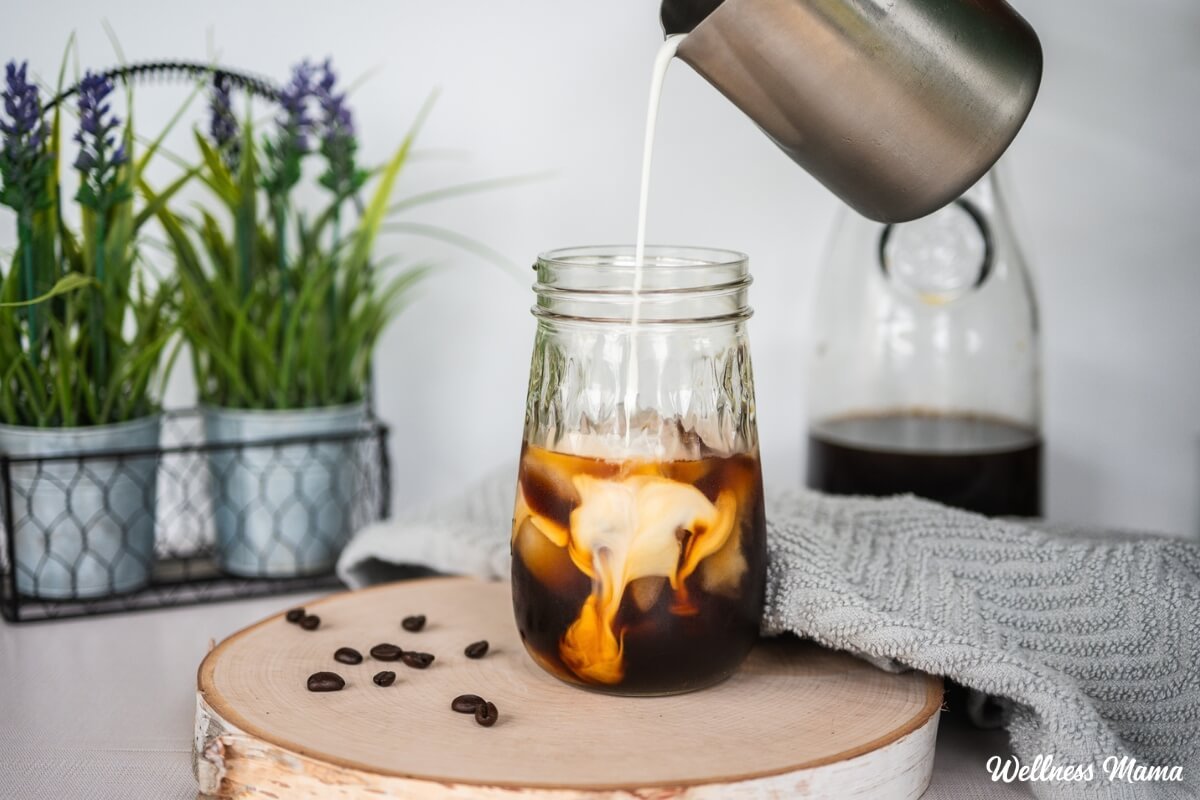
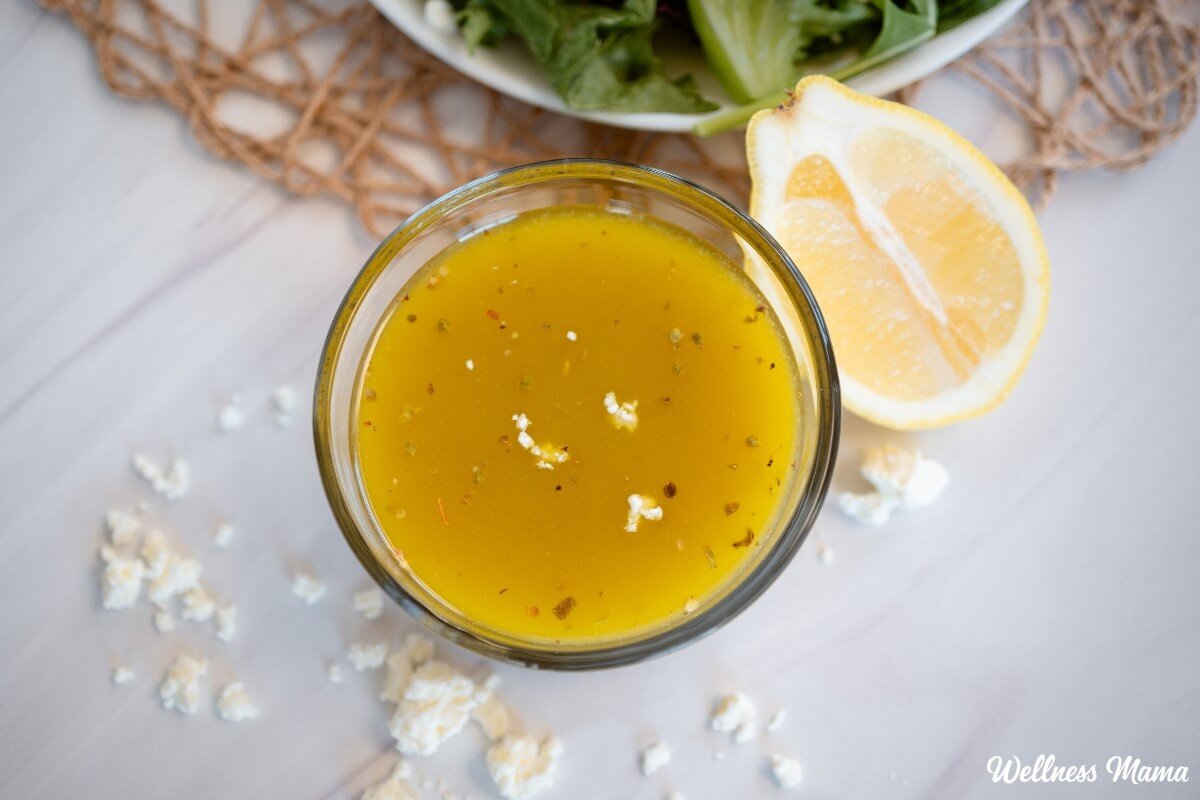
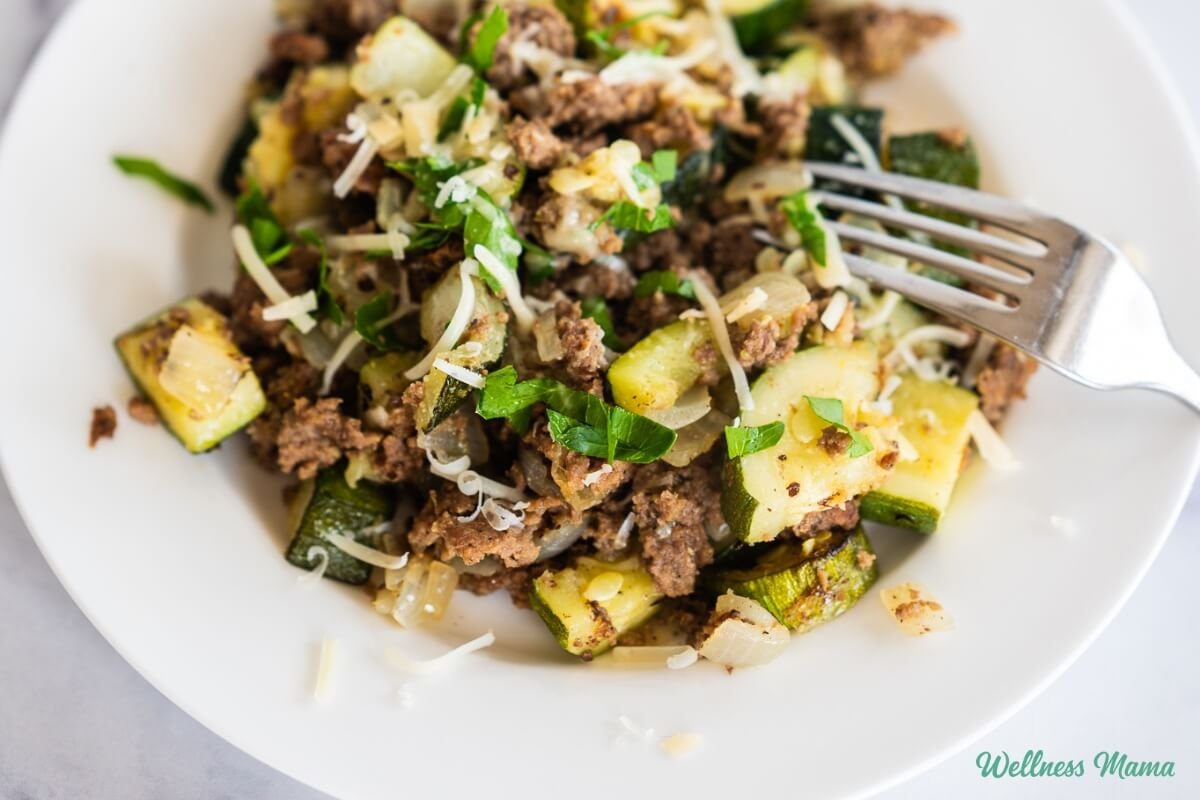
Leave a Reply